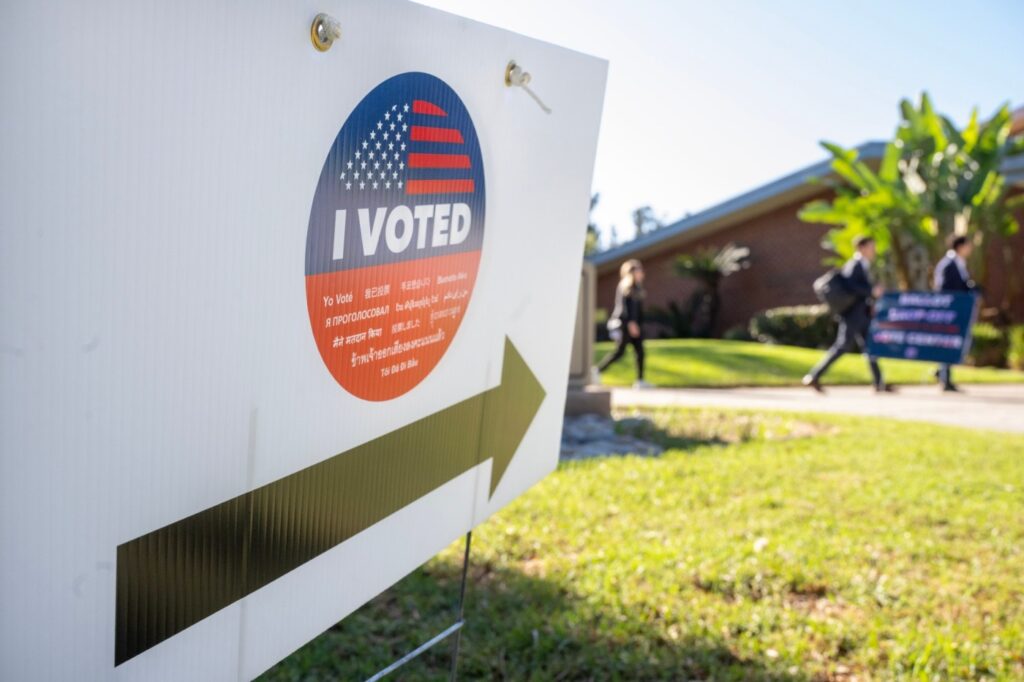
Residents of Los Angeles County are poised to conclude their voting for California’s special election on Proposition 50 on November 4, 2024. As polls close at 20:00 local time, the focus will shift from casting votes to the complex process of ballot counting, which can take several days to complete.
The California election system is known for its thoroughness, often resulting in delays for final results. According to Mike Sanchez, a spokesperson for the L.A. County registrar’s office, while the actual counting of ballots is efficient, state laws allow time for voters to correct any issues with their ballots. This process, known as “curing,” ensures that voters can address problems such as missing signatures or mismatched signatures on vote-by-mail envelopes. Sanchez emphasized that “we do count ballots very fast,” but noted that outreach is necessary to ensure voters have the opportunity to resolve any discrepancies.
In California, mail-in ballots must be postmarked by Election Day but can arrive up to seven days after. This additional time for processing contributes to the overall timeline for official results. Sanchez highlighted that in the 2024 general election, approximately 97% of ballots in L.A. County were counted within a week. However, local registrar’s offices have 30 days from the election’s conclusion to certify results, while the California Secretary of State has until December 12 to finalize statewide outcomes.
As the night progresses, updates on election results will be posted by the L.A. County registrar’s office. The first results, anticipated around 20:30, will include vote-by-mail ballots received before Election Day. Subsequent updates, expected around 20:45 or 21:00, will incorporate votes cast at voting centers as well as any mail-in ballots received prior to Election Day. Given previous trends, updates may continue into the early hours of the following morning as additional ballots are processed.
By October 30, L.A. County had an estimated 5.9 million registered voters, the highest in California. As of the latest figures from the California Secretary of State’s office, over 1.1 million ballots had already been cast. Statewide, California has more than 23 million registered voters, with approximately 25% having participated in the election thus far.
Voter registration statistics reveal that 45% of registered voters in California identify as Democrats, while 25% are Republicans, and nearly 23% have no party preference. In L.A. County, the figures are similar, with 51% of registered voters identifying as Democrats, 19% as Republicans, and 23% as having no party preference. This significant Democratic advantage is likely a factor in the polling for Proposition 50, which seeks to adopt new congressional maps effective through 2030.
Proposition 50 is particularly noteworthy as it could enable Democrats to gain up to five additional U.S. House seats, countering similar redistricting efforts by Republicans in other states aimed at securing their hold on congressional power. The outcome of this election could have considerable implications for the political landscape in California and beyond, influencing the composition of the U.S. House in the upcoming elections in 2026, 2028, and 2030.






